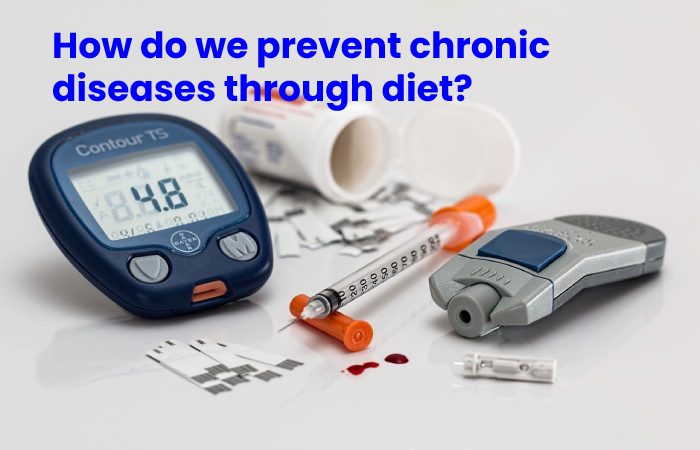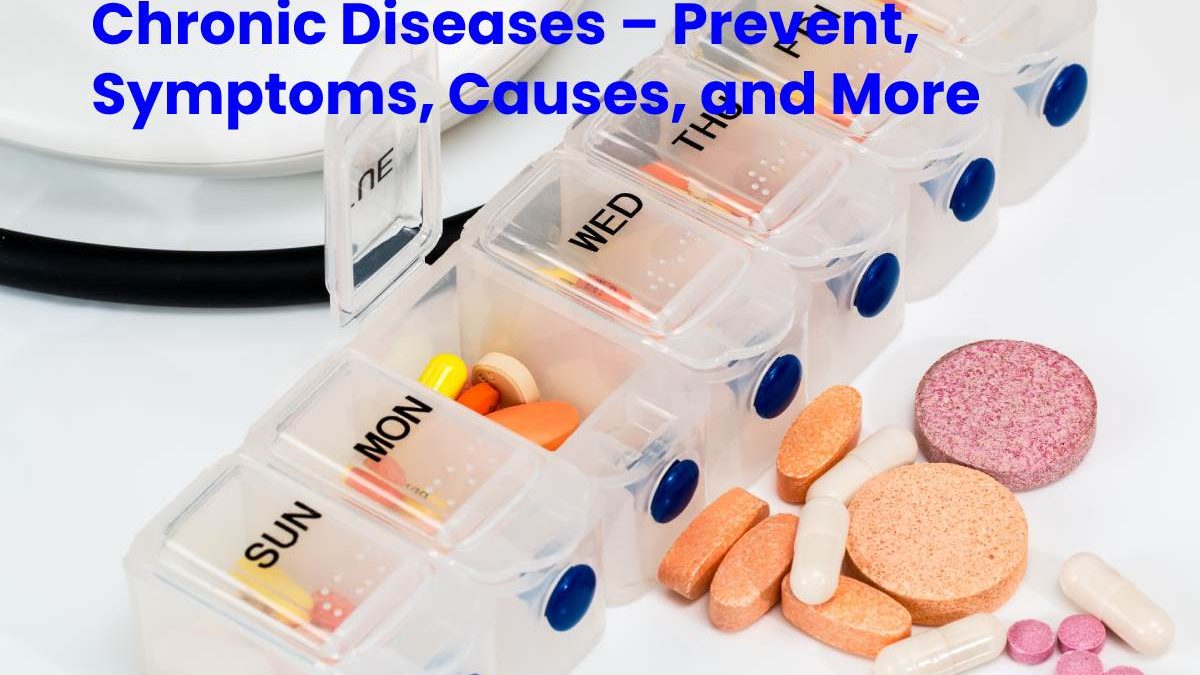Table of Contents
How do we prevent chronic diseases through diet?

Chronic Disease – A healthy and conscious diet, accompanied by physical exercise and a good rest, helps prevent diseases such as diabetes and obesity. In this sense, conscious eating plays a determining role in taking care of our well-being. If you already suffer from any of these pathologies, these tips can help you keep them under control.
Nutrients?
Fibres such as lignan and inulin: help combat the effect of free radicals in the body, helping prevent colon cancer.
Sulforaphane:
You can find it in green fruits and vegetables such as broccoli, cabbage, kiwi and avocado. It has anti-cancer properties since it inhibits the growth of tumours, preventing the appearance of cancers such as skin, ovary and prostate.
Beta carotene:
Present in yellow and orange foods such as carrots, pumpkins and mangoes. It reduces the risk of breast and ovarian cancer while promoting heart health.
We see, then, that the prevention of these diseases starts with a conscious diet and good habits. In this sense, not only sports and daily rest are essential: it is also necessary to take care of mental health and understand that our well-being depends mainly on our ability to make healthy decisions.
Symptoms of chronic diseases
Since chronic diseases are an inclusive group of diseases, a list of general or common symptoms cannot enumerate. However, some examples are chest pain, fainting, shortness of breath for heart disease, a feeling of intense thirst, extreme tiredness, weight loss, frequent urination for diabetes, wheezing, cough, and shortness of breath for chronic respiratory diseases.
Diagnosis of chronic diseases
Diagnosis for chronic diseases is made differently depending on the type of disease. At the same time, genetic disorders are diagnosed with specific DNA tests.
What are the causes of chronic diseases?
There are risk factors, such as poor diet, smoking, alcohol abuse and a sedentary lifestyle, which can cause some chronic diseases such as hypertension, high cholesterol, high blood glucose and obesity. However, other factors such as age and genetic predisposition cannot change.
Treatments for chronic diseases
Treatments for chronic diseases differ according to the type of pathology. For example, diabetes treats with insulin, vision defects with corrective glasses or surgery, and tumours with chemotherapy, radiation therapy, and surgery.
How do we prevent chronic diseases?
Many chronic diseases can prevent by changing everyday behaviours. It’s about having a healthier style, which includes:
- Do not smoke: Smoking increases the hazard of suffering from health problems.
- Get regular physical activity: Even moderate physical activity can prevent or control chronic diseases. The suggested minimum is 150 minutes a week, and you can consider anything from a brisk walk to gardening.
- Eat healthy: No need to complicate. A healthy diet is stable and includes a little of everything. It is also essential to be in a healthy weight range.
- Avoid alcohol consumption: Excessive alcohol consumption, sustained over time, can cause heart and liver disease, high blood pressure, various types of cancer and even strokes.
- Sleep well: Sleep is a fundamental part of health. How much sleep? At least 7 hours per day.
- Know your family history: As we said above, chronic diseases are genetic. Therefore, you must be aware of your family history and share that information with your doctor or family doctor.
- Get regular check-ups: Finally, regular visits to the doctor are essential to improve prevention and early detection.
10 examples of chronic diseases
The list of chronic diseases includes dozens of items. The 10 most common chronic diseases are:
Chronic obstructive pulmonary disease
COPD encompasses two main conditions, emphysema and chronic bronchitis. Symptoms are shortness of breath, cough and tightness in the chest
Alzheimer’s and dementia
Alzheimer ‘s is the most common cause of dementia, which causes poor memory and difficulty thinking and solving problems. In general, people with this disease live between 3 and 11 years.
Depression
Depression is more common than we think. It is one of the most taboo chronic diseases and its symptoms include pessimism, fatigue, hopelessness, sadness, changes in appetite, etc. According to the NCOA, 14% of adults seek treatment for depression.
Heart failure
As its name implies, it is a chronic disease when the heart cannot adequately supply blood and oxygen to the organs. The heart may become more prominent or work faster, leaving the patient feeling tired, dizzy, and confused.
Chronic kidney disease (CKD)
The kidneys have an essential job: filtering waste and excess water from the blood. Symptoms of CKD come on slowly and are non-specific, and there may even be no symptoms. In general, the diagnosis comes through laboratory analysis.
Diabetes
In another of our articles, we have already talked about what diabetes is and how to prevent it. It is one of the most joint chronic diseases and occurs when the body cannot assimilate or produce insulin.
Coronary heart disease
It usually occurs due to plaque formation in the coronary arteries, that is, those that connect to the heart. It reduces their thickness or directly blocks them, which decreases the amount of oxygen that this organ receives.
Arthritis
It is an inflammation in the joints that causes pain. It is one chronic disease that occurs more frequently in older women.
High cholesterol
Cholesterol is a fat-like substance that the body needs to function correctly. However, if it is in excess, it can adhere to the walls of the arteries, narrowing them or even blocking them.
High blood pressure
It is the most common chronic disease in older people. It links to how much blood the heart pumps and how resistant the arteries are.
For example, if the heart pumps too much blood and the arteries are narrow, this increases the pressure inside the street. That is, there is hypertension. The problem with this disease is that you can have it for years without symptoms, and it can cause other severe conditions such as strokes and heart attacks.
Which specialist should I contact?
It is usually affect more than one organ, so a specialist in Internal Medicine is typically necessary as the primary doctor.
Conclusion
Chronic diseases, also called chronic non-communicable diseases, are diseases or conditions that are long-lasting and slow to progress. They last more than 3 months, and although they usually get worse over time, the progress occurs slowly. Chronic diseases are almost always present in older adults. They have no cure.

